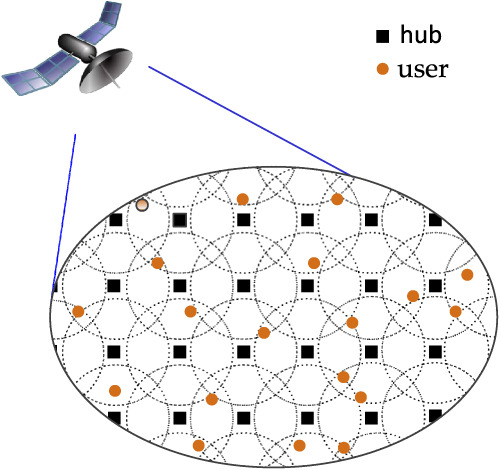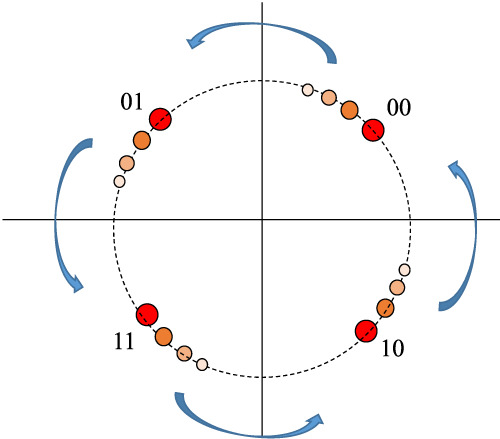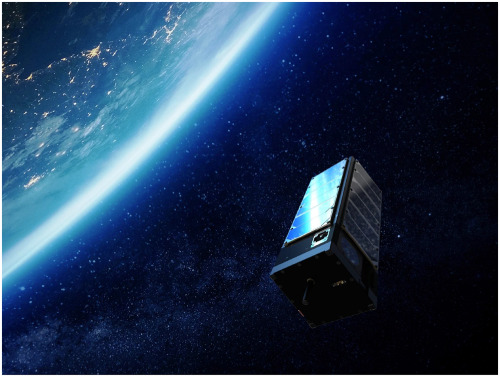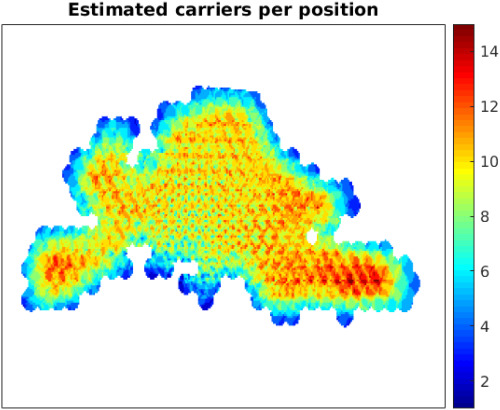Journal list menu
Export Citations
Download PDFs
ISSUE INFORMATION
ORIGINAL PAPERS
Caching in heterogeneous satellite networks with fountain codes
- Pages: 1-10
- First Published: 13 August 2019

We study the performance of caching schemes based on fountain codes in a heterogeneous satellite network. We consider multiple cache-aided hubs that are connected to a geostationary satellite through backhaul links. We show how the performance of the fountain code-based caching scheme is similar to that of a caching scheme based on maximum distance separable codes.
DTN performance analysis of multi-asset Mars-Earth communications
- Pages: 11-26
- First Published: 26 August 2019

This study focused on the applicability of the delay-tolerant networking (DTN) protocol architecture to a complex network setup, representative of space communications between Mars and Earth ground stations. The work analysed multi-link connectivity in terms of direct-to-Earth links, support of Mars orbiters and European Data Relay Satellite (EDRS), with attention on the performance of bundle protocol (BP)/Licklider transmission protocol (LTP) as well as contact graph routing (CGR) routing protocol. The conducted simulation campaigns demonstrated the benefits offered by DTN in such a complex scenario and shed light into some important aspects of protocol configuration.
Short-length rate-compatible code design for noncoherent detection
- Pages: 27-38
- First Published: 27 December 2019

A simple method for generating short-length rate-compatible codes that are robust to noncoherent detection for M-PSK constellaitons is proposed. For any given constellation set, first we use a greedy algorithm to construct a family of rotationally invariant codes. Then, by properly modifying such codes, we obtain a new family of codes that are robust to noncoherent detection.
Preparation of a CubeSat LEO radio wave propagation campaign at Q and W bands
- Pages: 39-47
- First Published: 13 May 2020

Preparation of a CubeSat LEO radio wave propagation campaign at Q and W bands. Félix Cuervo*, Arturo Martín-Polegre, Fernando Las-Heras, Danielle Vanhoenacker-Janvier, Joel Flávio, Michael Schmidt. New propagation experiment aiming to extend the characterization of the Earth-space channel up to the W band and low Earth orbits. The paper introduces the system architecture and presents the analysis of the impact of the propagation effects including the limitations of the current standard channel models.
Link adaptation and SINR errors in practical multicast multibeam satellite systems with linear precoding
- Pages: 48-66
- First Published: 11 May 2020

More aggressive frequency reuse patterns jointly with the application of linear precoding will help to increase the capacity of future high-throughput satellites (HTS). In practical systems, receivers can only estimate a few coefficients of the channel vector, leading to a nullified and imperfect channel state information at the transmitter (CSIT). In this paper, the impact of the imperfect CSIT in the estimation of the user SINR is analyzed, and a link adaptation algorithm is proposed to perform MODCOD allocation under this type of SINR errors.




